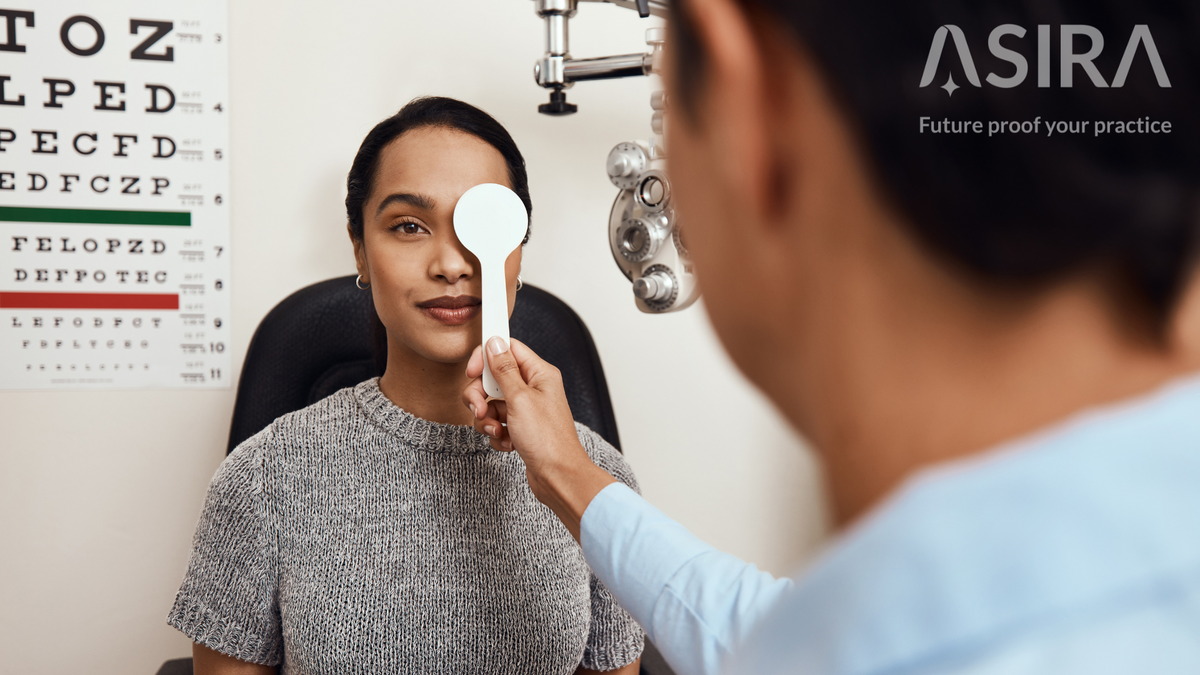Step-by-step Guide to Performing a Cover Test
The Cover Test is designed to identify eye misalignment, or strabismus, both latent and manifest, which can lead to symptoms such as double vision, headaches or asthenopia.

The Cover Test is designed to identify eye misalignment, or strabismus, both latent and manifest, which can lead to symptoms such as double vision, headaches or asthenopia.
Just to recap, a latent deviation, or heterophoria, is a binocular condition, where the deviation from the visual axis only becomes apparent when stimulus to fusion is eliminated. A manifest deviation, or heterotropia, is apparent even when stimulus to fusion is present.
The cover test is a quick and informative test that you can seamlessly incorporate into your routine eye exams. So lets get on with the step-by-step guide on how to perform the cover test.
Before we dive into the steps, let's ensure you have the right tools. All you need is an occluder, which can be a simple hand or an occlusion paddle and distance and near vision charts. This test is versatile and can be performed in various settings.
1) Position the Patient and explain the test
Ask the patient to sit comfortably at eye level, ensure proper lighting for clear visibility and briefly explain the purpose of the test to the patient.
2) Ensure the patient is fully corrected
The cover test needs to be performed with full correction for both distance and for near if it is required for their daily tasks. This can be done either with their existing spectacles or contact lenses, or with the use of a trial frame.
3) Ensure the patient fixates on the target
The distance target should be at one line above the best corrected Snellen or LogMAR visual acuity in the WORSE eye. Ideally, to avoid crowding, the best target is a single letter, however, if you don’t have this option available, choose either the first or last letter on the line. A similar process should be followed while performing the cover test at near, using a reduced snellen chart.
4) Cover-Uncover Test: Looking for Heterotropia
- Ask the patient to focus on the target on the distance chart.
- Use the occluder to cover the left eye while observing the right eye.
- Watch for any movement in the uncovered eye.
- Note if the eye moves inward (exotropia), outward (esotropia), upward (hypotropia), or downward (hypertropia). If there is a manifest deviation present, when the fixating is covered, the strabismic eye will move to take up fixation.
- Now uncover left eye and observe any corrective movement.
- Note if the uncovered eye moves to realign with the target.
- Now place the cover over the right eye and observe the left eye, following the same process
5) Cover-Uncover Test: Looking for Heterophoria
- Occlude the right eye and ensure the occluder is held in place for at least 3 seconds.
- Swiftly remove the occluder and observe the movement of the right eye after removing the occluder.
- Note if the eye moves inward (exophoria), outward (esophoria), upward (hyperphoria), or downward (hypophoria). If there is a latent deviation present, when the fusion is broken by occluding one eye, the strabismic eye will deviate. But once the occluder is removed and fusion is re-introduced, the deviating eye will move to once again take up fixation.
- In a poorly controlled heterophoria, the deviated eye may take a couple of seconds to take up fixation once fusion is re-introduced, so wait a few seconds before occluding again.
- Now occlude the left eye and repeat the process
- Alternate cover-test
- This is another way to assess heterophoria and is also used with prisms to measure latent deviations.
- Place the occluder in front of the right eye and hold it for at least 3 seconds. The swiftly move it across to the left eye, ensuring the eyes remain dissociated.
- Hold it in front of the left eye for atleast 3 seconds and then swiftly move it back to the right eye. Keep observing movement as you uncover the eyes
- Continue moving back and forth until you are satisfied that you have broken down the heterophoria to its maximum amplitude.
- If there is no movement at all, the patient is orthophoric
- Measuring the deviation
- Both heteroptropia and heterophoria can be measured using a prism bar, a rotary prism or loose prisms
- For a heterotropia, place the prisms in front of deviating eye and increase the prism dioptre until the cover-uncover test shows no movement.
- For a heterophoria, prisms can be placed in front of either eye, increasing the prism dioptre until the alternate cover test shows no movement
- In both cases, base in prisms correct EXO deviations, Base out prisms correct ESO deviations, Base up prisms correct HYPO deviations and Base down prisms correct HYPER deviations.
6) Documentation
Clear and accurate documentation is the key to excellent patient care. Ensure you indicate that a cover test was performed and carefully specify the working distance. Ensure you enter the type of deviation or simply enter ‘orthophoria’ in the absence of any deviation. Select an eye if applicable - remember that this will not be applicable for latent horizontal deviations. Enter the size of the deviation as well as the base direction and finally, the recovery, which means how quickly the deviating eye takes up fixation. Slow recovery may indicate poor control, which increases the likelyhood of discomfort or diplopia, particularly in heterophorias.
Conclusion
For the most accurate measurement and diagnosis, ensure you communicate clearly with the patient throughout the test to ensure cooperation, pay attention to subtle eye movements and any signs of strain or discomfort and pay attention to any head tilts or squints, as these may be indicators of manifest deviations. The cover test is an essential tool in our optometry kit for all aspects of practice, from orthoptics to myopia management.
ASIRA is a simple and secure, cloud-based software tool, built BY optometrists FOR optometrists, that helps eye care professionals reduce the time and effort required to maintain clinical records, schedule appointments, generate bills, manage inventory and much more!
To find out more, visit www.asira.health and sign up for a 30-Day FREE TRIAL! If you're a new practice owner or a fresh graduate thinking of entrepreneurship, visit www.asira.health/optompreneur to learn how ASIRA can help reduce your costs and increase revenue.

